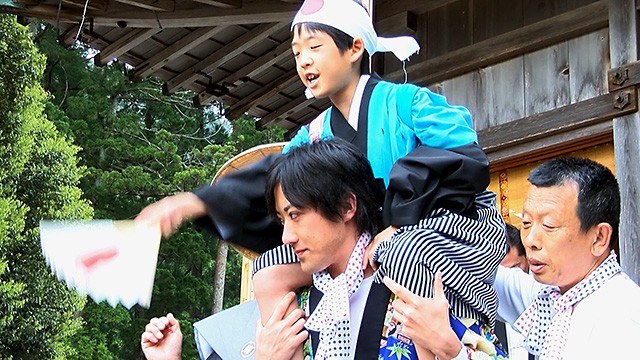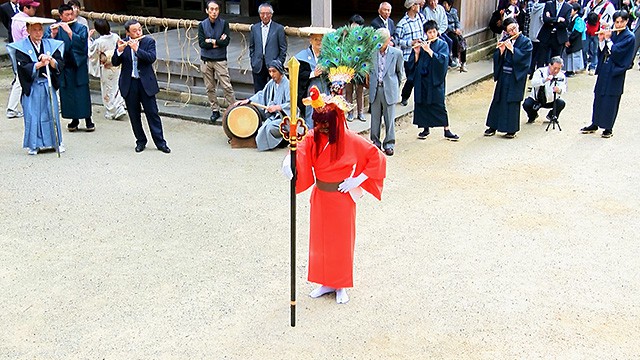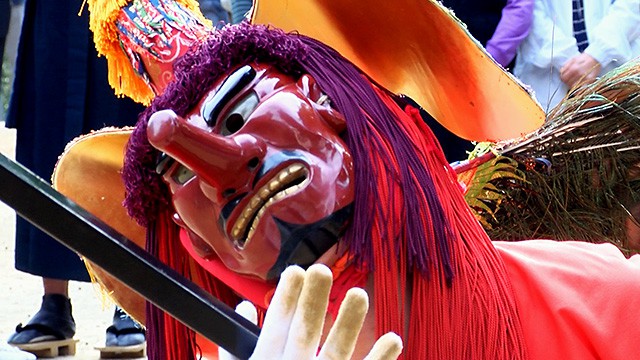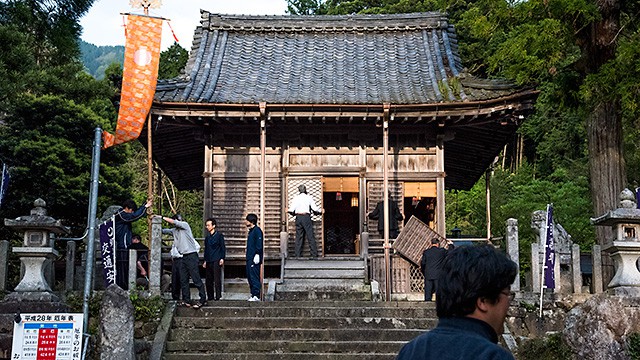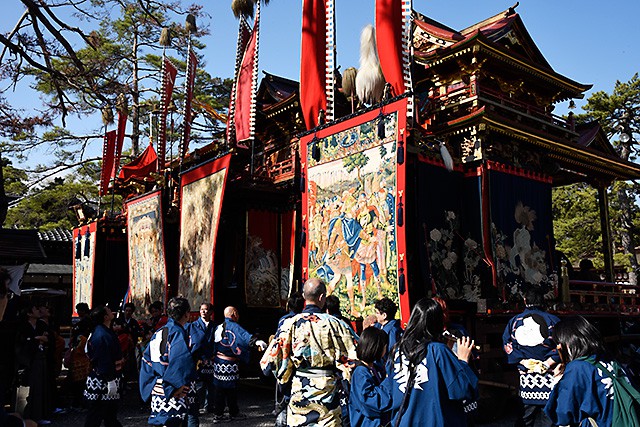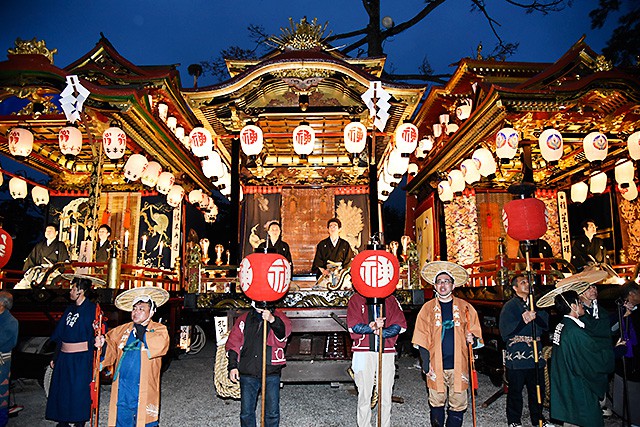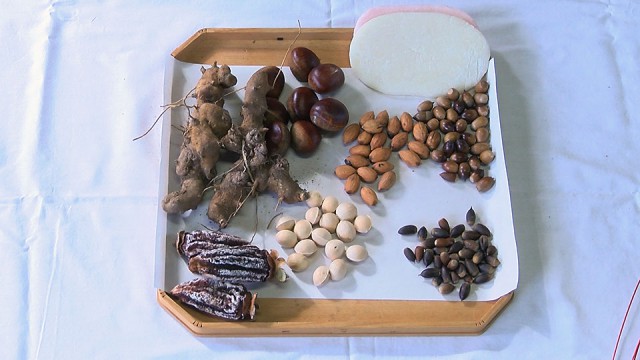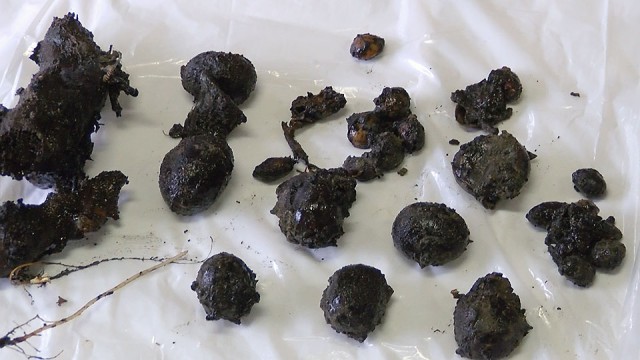Digging out a box "Omomuroni" (slowly) at the Shinto ritual
2016.06.09
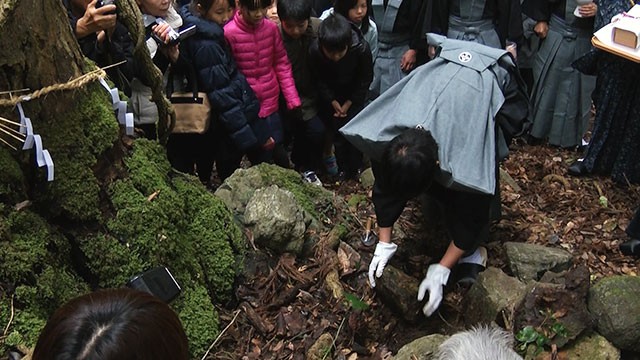
There is a Shinto ritual, “Oikemono” which has been held every year continuously since 1,000 years ago at Kamo shrine in Kamo district of Obama City, Fukui Prefecture. On this GEN's website, we just released the video of this Shinto ritual which they had on February 23rd of this year.
As you can see in the photograph above, there was a guy digging out the maino bako (box) which was buried a year ago. People around him were saying “dig out the box Yukkuri (slowly)” and at the same there was another man saying “Omomuroni! (slowly)” (maybe because I was filming, he was saying “Omomuroni”).
Many times, the word, “Omomuroni” tends to be used as “suddenly” and/or “vigorously” so I found it was strange when I heard the man saying “Omomuroni” to the guy trying to dig out the box. Obviously, the correct meaning of “Omomuroni” is “slowly” and/or “calmly”.
No wonder the man who was saying “Omomuroni” is the chairman of this Shinto ritual and I was impressed. Therefore, the chairman was actually using the correct Japanese, “Omomuroni” to tell the man to dig out the box slowly.
After this scene, there is another “Omomuroni” coming up in the video.
T.S



